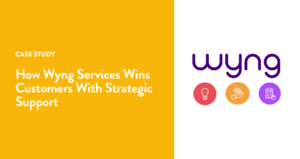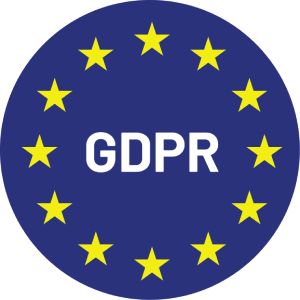In the past few years, most businesses have re-examined their entire customer journey from end to end. Whether it was a reaction to the pandemic or a proactive strategy to be more customer-centric, customer journeys and comprehensive redesign have become a pretty common and regular practice for modern businesses. One of the key goals of these exercises has always been to create more personalized experiences.
But one thing many businesses have not yet considered in one of these large customer journey exercises is privacy. Now that we are gaining momentum in our shift to a privacy-first world, the costs of leaving privacy last are becoming very substantial both to growth and the bottom line.
One of the best ways to redesign your customer journey to be more privacy-first is to think of it from a blank slate.
1. Define your customers’ top questions for each phase of their journey
In general, the phases are typically bucketed into Impression, Visit, Research, Purchase, and Loyalty. A modern customer journey is typically more of a cycle – especially for subscription-based businesses – than it is a point-to-point adventure like it used to be.
It’s important to start by defining the questions and challenges that each phase of your customer journey addresses. For example, people may be asking:
- How can I learn more about this product or service?
- What are other people doing with this product or service?
- How do I install it in my home/office/school?
Figuring out what questions your customers are asking should not be too difficult. If you are ever in doubt, just ask your customers!
Once you have a good list of all the questions people may have, then you can possibly prioritize and add some context about those questions. This could include information like “who typically asks this” and “why.” Other context that might be useful would be the priority of those questions. For example, if someone is asking themselves “how much cat litter do I need?” at cart checkout, you could offer a lot of help by providing a guide on how much is generally needed per cat per week. These are pretty important questions vs something like “what scent of cat litter do you prefer?” Since asking too many questions risks frustrating the customer, you want to make sure you decide which are the most important up front. Don’t worry though, you can ask more questions the longer you maintain that customer relationship. And you can also iterate on the questions you ask at any time.
2. Consider potential answers to those questions as preferences you can earn
The questions themselves are not as important as the answers. The answers provide two crucial elements:
- They are the preferences that will define the parameters used for this individual customer relationship now and in the future.
- At a macro level, they inform you how your customer preferences are changing and how they differ by demographic, region, and product type.
When a customer walks into a store and a clerk asks them what they’re interested in, that’s a preference. When they start filtering search results by cost or recency, that’s a preference. When they tell you a problem they are facing and don’t know how to solve – that’s a preference!
When customers share their preferences, we can use this information to better understand how we can help meet their needs—and by extension, how we can create great experiences for them. Understanding individual preferences and then reacting to them is the heart of better personalization that is also privacy-first. It improves customer experience, builds trust, and makes our businesses more sustainable for the long term.
3. Create a data model and start designing (micro)experiences
In the next phase, you’ll be assembling these preferences into a data model. A data model is a model of your ideal customer and how they can answer all of your questions. It’s similar to a customer profile.
Once you have your data model, customer journey, questions, and preferences all figured out, then you can start designing experiences and microexperiences. These experiences are designed to earn zero-party data through helpful, low-effort, and personalized content. This way you build every customer profile one interaction at a time – building trust that you will meet expectations all the way through purchase and beyond. In addition, these experiences can be combined progressively so that you don’t ask the same questions (unless you need to refresh the data).
Conclusion
In the end, we believe that privacy-first design is the best way to build trust with your users. Privacy laws and standards are changing extremely fast; we went from ~10% of the world being covered by privacy laws in 2018 to over 70% next year. The best time to get started in your shift to privacy was 4 years ago. It’s a big challenge, but one that we at Wyng are committed to tackling. If you’re interested in learning more about how Wyng empowers brands to take a privacy-first approach to marketing, contact us today.







